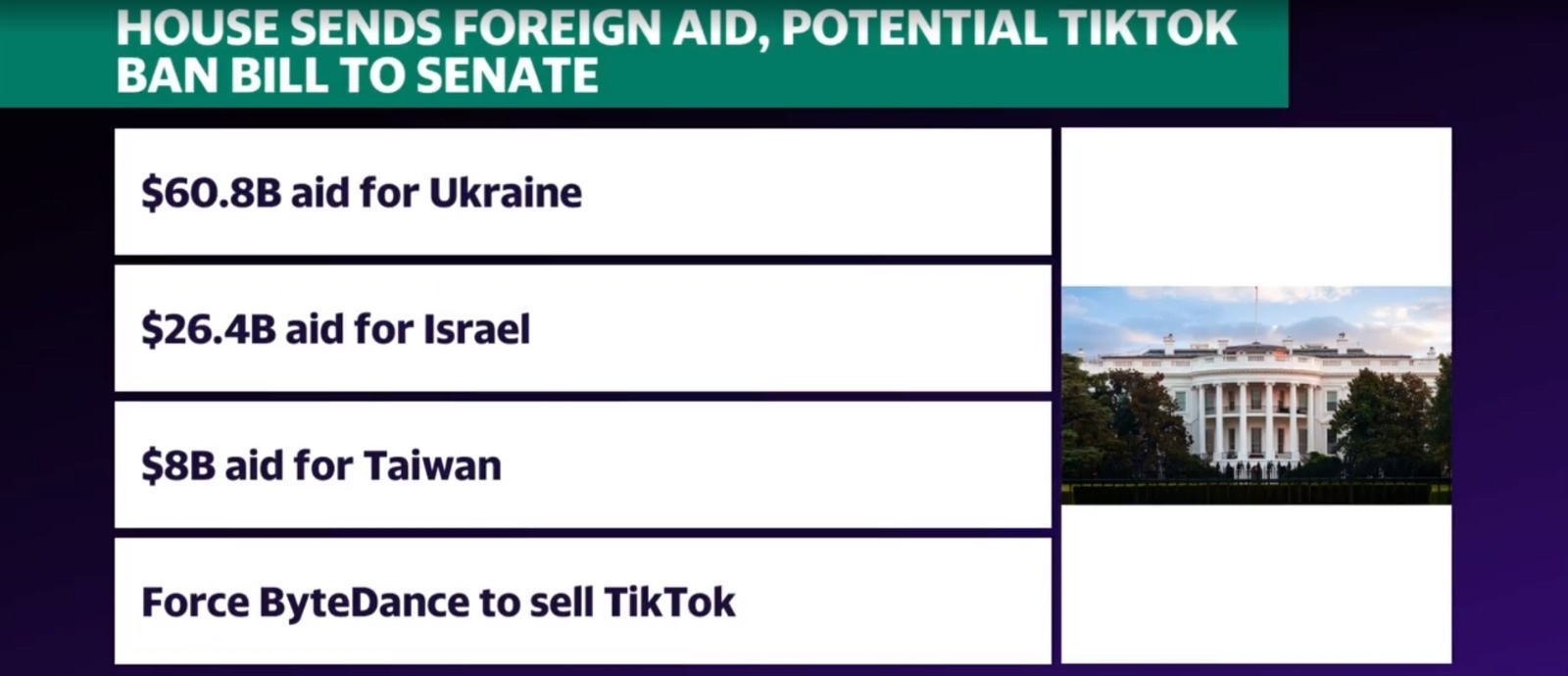"We're sending Ukraine equipment from our own stockpiles, then we'll replenish those stockpiles with new products made by American companies here in America," the president explained just after signing the bill.
"We are helping Ukraine while at the same time investing in our own industrial base," he added, saying the money will be felt across 40 states.
AEI fellow Marc Thiessen and his colleagues cite a somewhat lower tally — 31 states — but agree with Biden that the effect will be substantial.
"Our military aid to Ukraine is revitalizing manufacturing communities across the United States," Thiessen wrote in a recent Washington Post essay.
AEI identified a host of areas — from Ohio to New Hampshire to Missouri to California — that are set to benefit most directly. Many of these states are notably represented by lawmakers who voted no on the bill this week.
In deep-red Missouri, as one example in the AEI data, Boeing (BA) and RTX (formerly Raytheon) Corporation (RTX) build things like glide bombs and tracking radars.
Likewise, in Alabama, where companies like BAE Systems (BAESY), General Dynamics (GD), and Lockheed Martin (LMT) operate to produce things like fighting vehicles, howitzer parts, and Javelin surface-to-air missiles.


